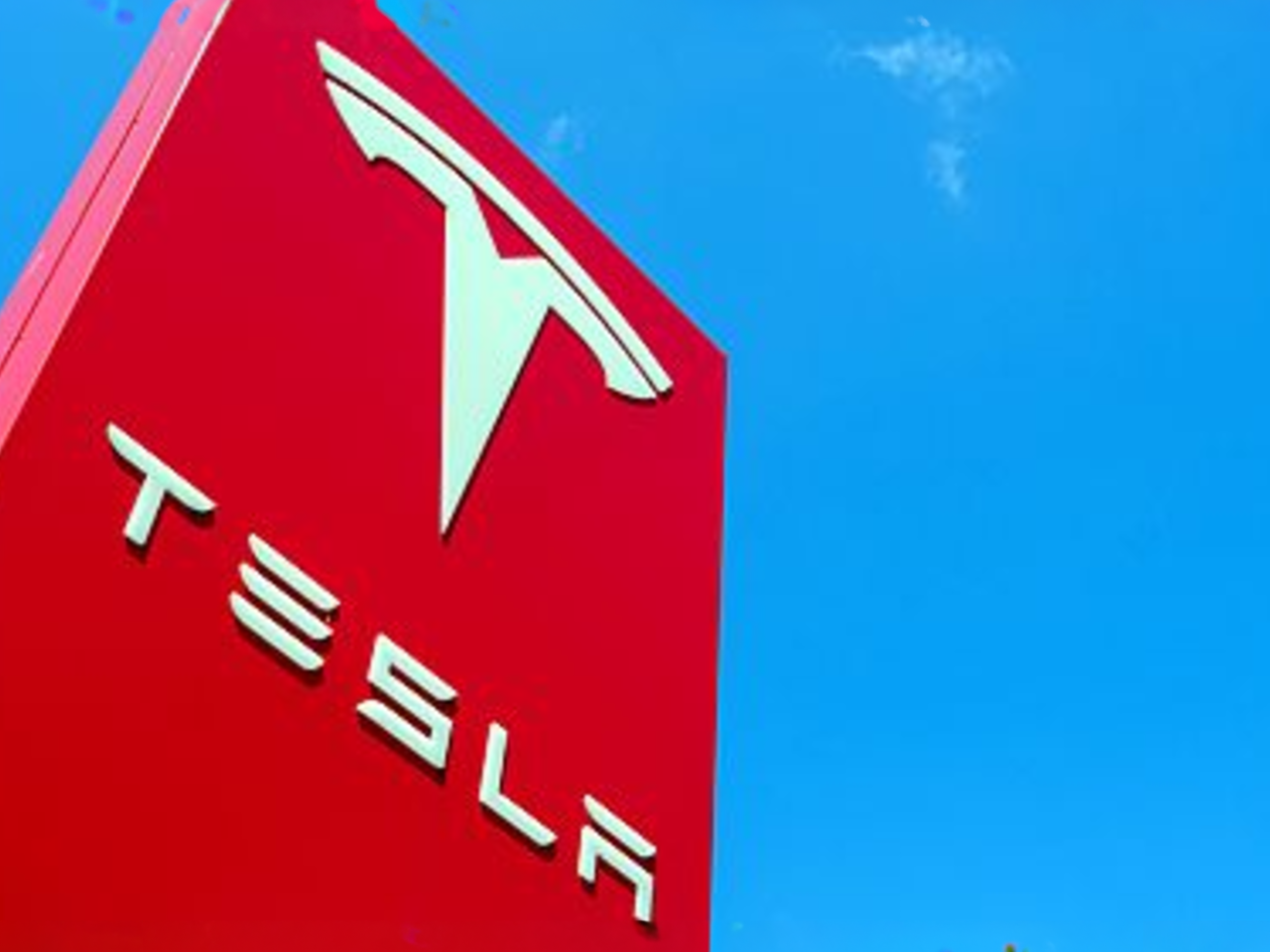Tesla Plans to Cut More Than 10% of Global Workforce Amidst Sales Slowdown
Will Tesla be able to adapt and thrive amidst these challenges?
In a surprising move, Tesla is reportedly preparing to lay off over 15,000 employees, reduce production, and make other cost-cutting measures.
Reports are circulating that Tesla is planning to implement significant changes within the company. According to leaked internal memos, the electric vehicle (EV) manufacturer intends to cut more than 10% of its global workforce. This translates to approximately 15,000 employees who may be facing job cuts. In addition to these layoffs, Tesla is also considering pausing certain stock rewards and cancelling some employee annual reviews.
The decision to reduce the workforce comes as Tesla faces a decline in vehicle sales. The company plans to reduce production at its Shanghai Gigafactory due to the impact of slowing sales of Tesla models. Tesla CEO Elon Musk acknowledges the need for cost reductions and increased productivity as the company enters its next phase of growth. Musk states that every aspect of the company is being reviewed in order to achieve these goals.
The resignation of senior executives further highlights the instability within the company. Drew Baglino, the senior vice president of battery development, announced his resignation on the social media platform X, formerly known as Twitter. Additionally, Rohan Patel, the vice president for public policy and business development, has also resigned. These departures raise questions about the company’s leadership and future direction.
In February 2023, Tesla made similar workforce cuts, laying off 4% of its global employees just before an employee union campaign was set to launch. This recent decision to reduce the headcount comes amidst a first quarter decline in vehicle sales – the first in nearly four years for Tesla. The company recorded a gross profit margin of 17.6% in the final quarter of 2023, the lowest in four years.
Another blow for Tesla is its decision to abandon plans for an inexpensive model. This move goes against one of Elon Musk’s longstanding goals to create an affordable EV for the masses. Instead, Tesla will now prioritize the development of its robotaxi. The company’s slow model refresh and increased competition from cheaper Chinese models have also contributed to its challenges.
Tesla’s reputation has taken a hit in the eyes of US customers. Survey participants noted Elon Musk’s ‘polarizing persona’ and ‘antics and politics’ as factors that have influenced their perception of the brand. The brand consideration score has fallen to a low of 31%. This decline in reputation, coupled with economic fears, a lack of affordable new models, reports of toxic waste dumping, and increased competition, puts pressure on Tesla to make significant changes.
Looking ahead, Tesla’s sales are projected to increase by just three percent in the first quarter of 2024, while overall EV sales in the United States are expected to rise by 15%. This further emphasizes the growing competition in the EV market and the challenges Tesla faces to maintain its market share.
- Tesla aims to cut around 15,000 employees, pause stock rewards, and cancel employee annual reviews
- The company plans to reduce production at its Shanghai Gigafactory
- Tesla CEO Elon Musk cites the need for cost reductions and increased productivity
- Senior vice president of battery development and vice president for public policy also resign
- Tesla records decline in vehicle sales and abandons plans for an inexpensive model
- Tesla’s reputation takes a hit with US customers and faces increased competition
Tesla’s decision to cut its global workforce by more than 10% and reduce production reflects the declining sales and growing challenges the EV manufacturer is facing. The resignation of top executives and the abandonment of plans for an inexpensive model further compound the company’s issues. With a tarnished reputation and increased competition, Tesla must navigate these obstacles to secure its position in the EV market. Will Tesla be able to adapt and thrive amidst these challenges?

